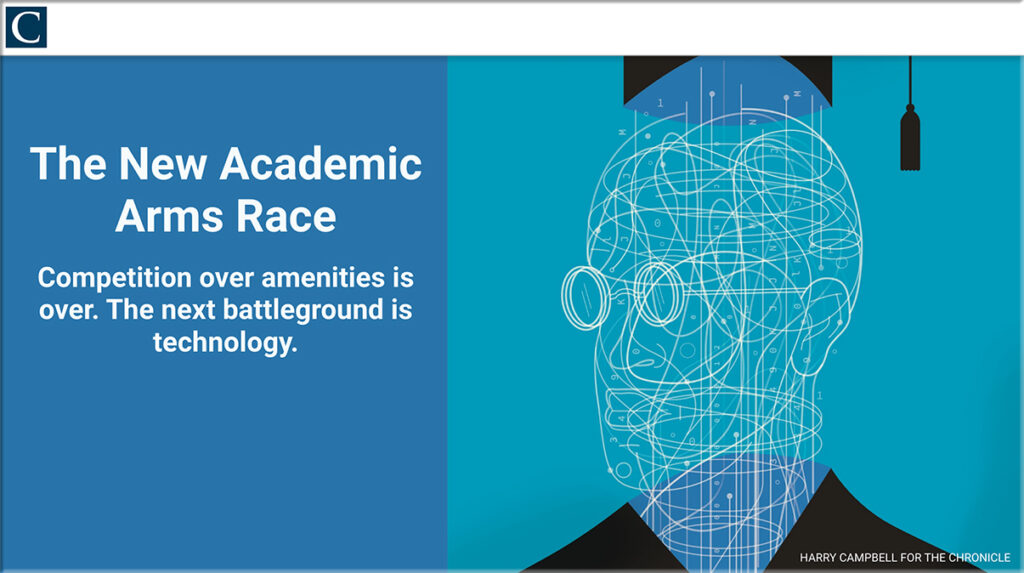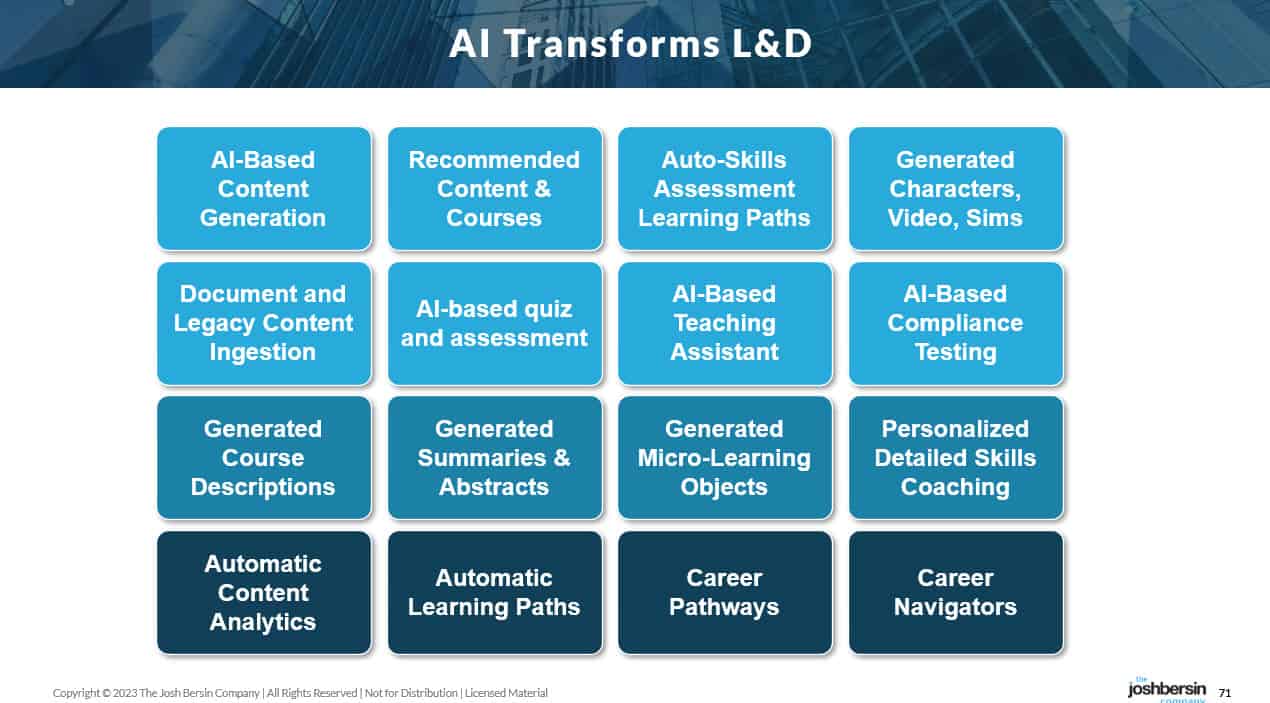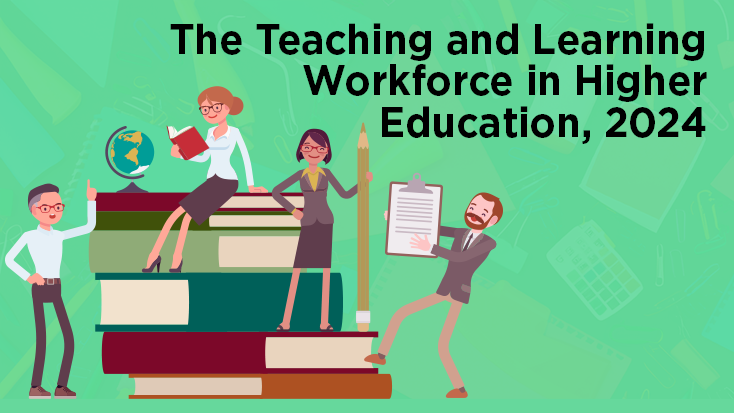Navigating the Changing Landscape of Lifelong Learning — from prsa.org by Susan B. Walton, Ph.D.
The first step to finding the right PR learning program is understanding what’s currently available to learners:
- Undergraduate and graduate degree programs remain the pathway to earning a college degree in public relations, and now include more online options than ever before.
- Certificate programs are shorter courses of study that often focus on strengthening specific skills, such as crisis communications or knowledge of a specific industry such as health care. They are offered through professional associations, employers, private entities or academic graduate programs, especially programs geared toward working professionals.
- Microcertificate or microcredential programs may be even shorter and more focused than certificate programs. They can be a series of short courses and are usually focused on skills needed for a specific employer or job, such as analytical tools for a particular web platform. Successful completion of the microcertificate(s) may earn a microcredential, such as a badge, which can be displayed on the recipient’s social media sites.
If you’re a professional who’s considering jumping back into school, then certificate and microcertificate programs are excellent ways to dip a toe in the water.
On somewhat related notes:
Public Infrastructure on Skills — from the-job.beehiiv.com by Paul Fain
The search for population-level solutions to strengthen links between education and work.
The new Center for Skills by C-BEN seeks to bring clarity and coordination to the skills space. Launched this week with a $1.5M grant from Walmart, the center will attempt to create objective, reliable ways to assess and validate skills, to help bridge the gap between education and the workforce.
The center could help the millions of employers who are looking for skills-based solutions and aren’t going to build their own skills academies, says Clayton Lord, director of foundation programs at SHRM.
“It’s hard for small and mid-sized businesses to find their way into this conversation,” he says. “We can’t create something that is more arduous for employers.”
Closing The Skills Gap: An Inside Look At The Achievement Wallet — from forbes.com by Dr. Sarah DeMark
In the dynamic realm of today’s workforce, skills gaps are increasing. Highly skilled talent is out there, but information gaps and traditional hiring methods make it challenging for skilled talent and employers to find one another. While digital recruiting systems have made it more efficient to find prospective candidates, qualified candidates are often vetted out of the hiring process when they do not match the exact criteria, according to a study conducted by Harvard Business School.
With the rapid pace of change — think automation, new technology, and artificial intelligence — businesses must innovate and think about the best ways to create career mobility and career pathways for their workforces into the roles of tomorrow.
In Pursuit of Agency
Imagine a future where learners can instantly see where they stand in a crowded job market, assess their abilities and gaps, and identify opportunities for growth. Or where employers can identify candidates with specific, often hard-to-spot competencies and skills. Possible? Yes. Western Governors University (WGU), the country’s largest competency-based, workforce-relevant online university, is reimagining that future by deploying the Achievement Wallet for WGU students nationally and working students at educational institutions across the state of Indiana.
Also see:












![Teachers are the least empowered, most[-]disrespected, stressed and burned-out of all professions in the U.S. IMAGED CREATED BY DALL-E FOR BRANDON BUSTEED](https://imageio-forbes-com.cdn.ampproject.org/i/s/imageio.forbes.com/specials-images/imageserve/65d8b0ac957e1304a58aea38/Teacher/960x0.png?height=711&width=711&fit=bounds)



